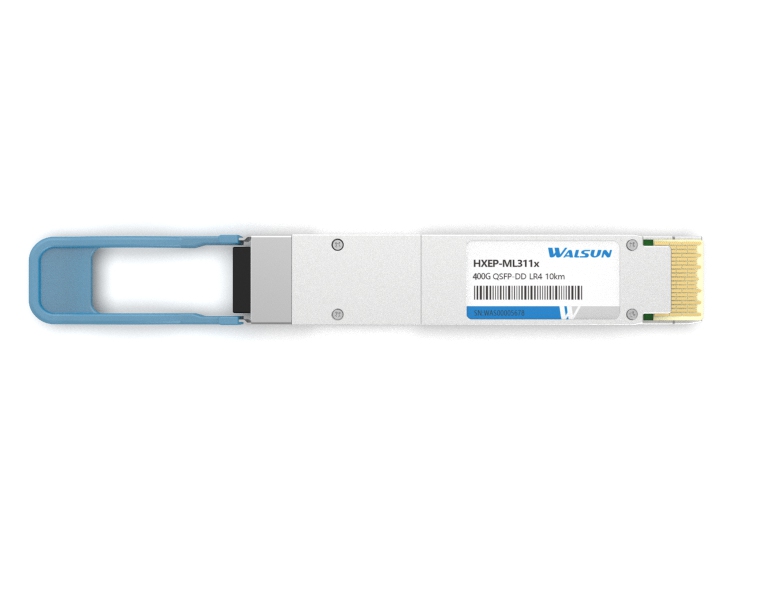PRODUCTS

- Yes, QSFP56 is backwards compatible with QSFP28. This means that a QSFP56 transceiver can be plugged into a QSFP28 port and function properly. This allows for network upgrades without needing to replace all existing hardware. In the data center, various types of optic module transceiver are seen everywhere, such as SFP, SFP+, XFP, SFP28, QSFP/QSFP+, CFP and QSFP28. However, for those who get in2958

- No, you cannot plug an SFP (Small Form-factor Pluggable) transceiver into a QSFP (Quad Small Form-factor Pluggable) port. SFP and QSFP transceivers have different form factors and are not compatible with each other's ports. You should use the appropriate transceiver for the port type in order to ensure proper connectivity and functionality.In the data center, various types of optic module tran878

- Yes, QSFP (Quad Small Form-factor Pluggable) and QSFP+ are compatible with each other. QSFP+ is designed to be backward-compatible with QSFP, meaning that a QSFP+ port can easily support QSFP transceivers. However, a QSFP port cannot support QSFP+ transceivers. In the data center, various types of optic module transceiver are seen everywhere, such as SFP, SFP+, XFP, SFP28, QSFP/QSFP+, CFP and Q1043

- A QSFP (Quad Small Form-factor Pluggable) transceiver differs from other types of optical transceivers in a few key ways:1. Density: QSFP transceivers are designed to be more compact and dense, with the ability to support up to four channels of data transmission in a single module. This allows for higher port density and more efficient use of space in networking equipment.2. Speed: QSFP transceive1518

- QSFP (Quad Small Form-factor Pluggable) cables use a variety of different cables, including copper and fiber optic cables. The specific type of cable used depends on the application and the desired data transfer speed. Common types of cables used with QSFP include twinax copper cables and multi-mode or single-mode fiber optic cables.In the data center, various types of optic module transceiver are1973


 CHS
CHS Walsun Mall
Walsun Mall










